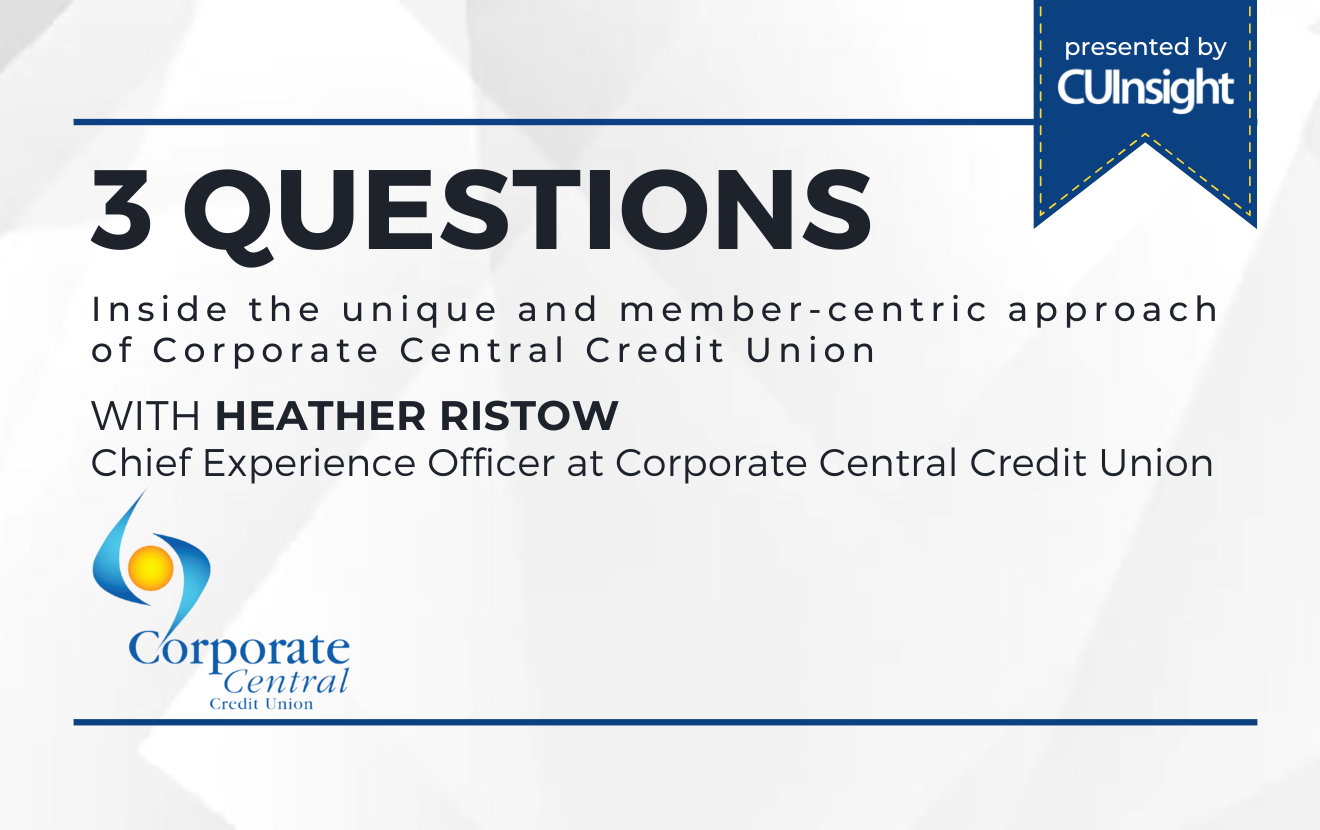How many credit union employees can sit down and focus on a task without distractions when they need to? Only 26%.
You didn’t misread that, only 26% of credit union employees are satisfied with their access to spaces where they can focus on work. This is according to our original research into credit union workplaces surveying more that 1,200 employees.
Every week we spend about a quarter of our time working, and it’s difficult to overestimate the impact that these hours have on our lives. Whether it’s in a credit union office or a home office, on the road or at the kitchen table, the environment we work in makes a mark on our health and wellbeing.
While many organizations are focusing on physically supporting employees with things like ergonomic furniture and home office stipends, the impact of distractions and disruptions to our work are often overlooked.
When we work, we get into a flow and develop focus. Even for those without attention disorders, this focus is hard gained and easily lost. A study by the University of California quantified this with research that showed it takes over 23 minutes to regain focus after being distracted.
This is frustrating and it leads to stress. It delays finishing work, multiplying the stress, and not accomplishing what we set out to and can lead to feelings of inadequacy. This stress builds up, and stress-related health issues are a serious and growing problem for our society.
In addition to distractions that completely break our focus, more minor distractions also have an impact. According to our data, a full 73% of credit union employees are bothered by noise at work and more than 75% are uncomfortable with the office temperature. Many who work from home also experience this impact, especially younger workers who are more likely to live in apartments.
So what is the solution?
While some propose going to private offices, we don’t recommend this. Open, collaborative workspaces are an effective tool for much of the work we do, and organizations are only going to rely on these spaces more as the complexity of their employees’ work increases.
We believe that the solution lies in employee choice and mobility, and in Activity Based Working. This mean providing your employees with a variety of spaces that they can choose from as they move from task to task throughout the day. For collaborative work where an open dialog and quick questions improve workflow, an open office provides an ideal workspace.
For putting your head down and knocking out focus work like writing a report or blog post, quiet focus rooms can help employees get this work done without the distraction and mental stress they’d experience in other settings. Hybrid workplaces with the option to work from home can be ideal for employees who do more focus work, given a quiet place to work at home.
The latter isn’t a given, though. Our data shows that only 46% of employees have a dedicated workspace at home with privacy, and that’s a pre-pandemic number excluding employees who don’t normally work from home.
The key to a successful strategy to support your employees’ wellbeing through less distracting workspaces is to understand them, figure out what tasks they do and where they can do them best, quantify what resources are available both in the office and at home, and deliver a working environment that lets them work in the most effective way possible.
To learn more about supporting employees in the workplace, download the whitepaper A Study of Credit Union Workplaces and the Future of Work.







